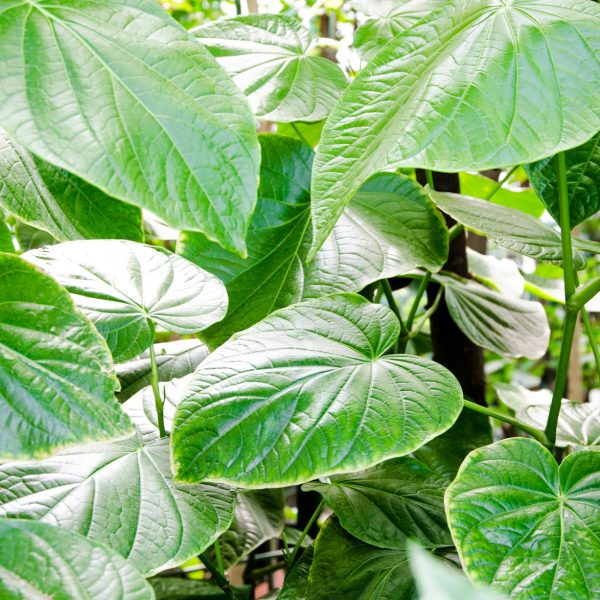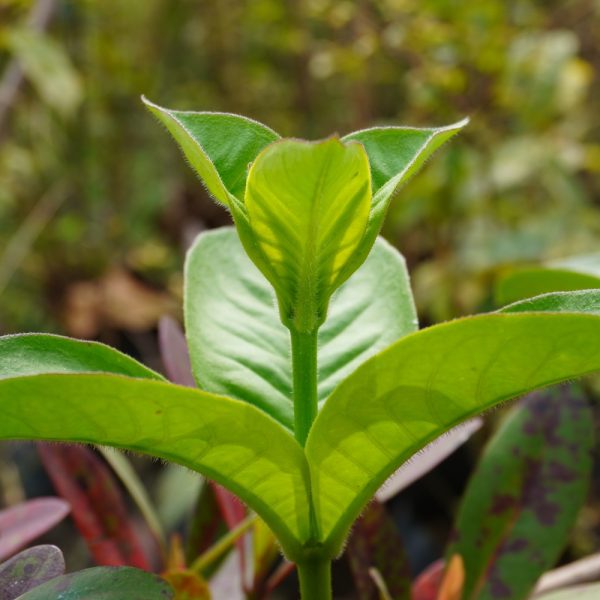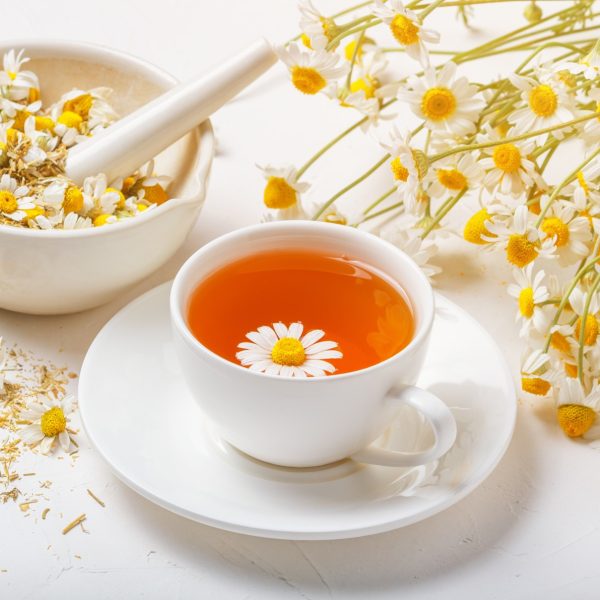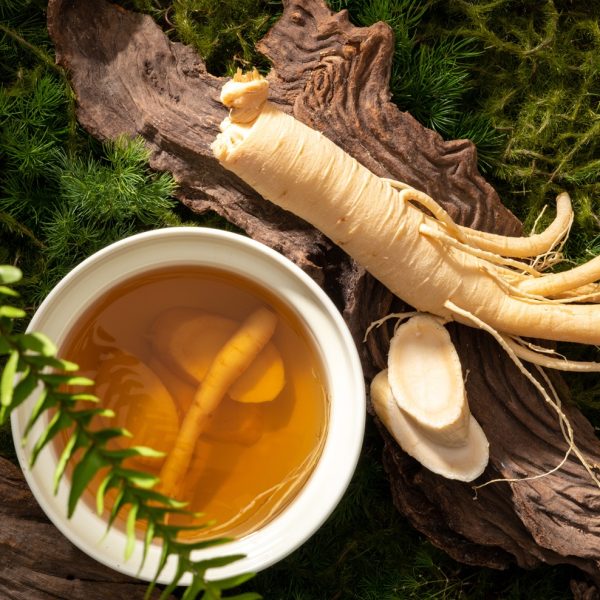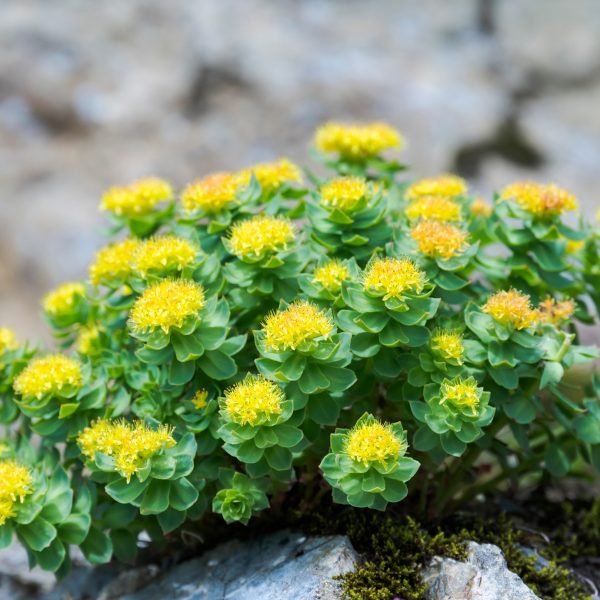“Salves are a gentle and natural remedy for soothing dry, itchy, irritated skin.”
What is a salve and what does it benefit?

Also sometimes called balms or ointments, salves are fatty emollient remedies with a healing effect. They are multi-functional depending on the ingredients you decide to use as there are differences between them which we have outlined below. Salves are applied topically to the skin to nourish and hydrate dry and cracked hands and heels, especially in the cold and harsh winter months. They are also soothing for sunburns, infections, rashes, chesty congestion and muscle aches and pains.
Salves are generally made of organic beeswax and infused herbal oils with essential oils to make a semi-solid ointment. You can use base oils such as organic coconut, olive, sesame, sunflower and sweet almond oil and also consider fats like cocoa or shea butter too.
Please note that candelilla and carnauba wax are alternatives to beeswax have challenged sustainability status. Each have their own unique benefits with good extraction and preservation properties.
Examples of herbs to use for salves
Some common herbs used in salves include:

- Arnica is deeply nourishing for strains, bruises, and muscle pains (never on open wounds).
- Burdock is a traditional remedy for itchy skin such as eczema, psoriasis and other skin problems, and to reduce fluid retention.
- Calendula is an all-rounder for inflammation, dry skin and nappy rash.
- Chamomile can be used to soothe and relax the skin.
- Comfrey has been used for thousands of years to reduce pain and encourage healing. It is popular for sprains, cuts, bruises and sore muscles.
- Echinacea is an essential for your first aid kit to use on insect bites and irritated skin.
- Eucalyptus is used to clear the head and chest.
- Lavender is a little miracle-worker for relaxation, insomnia, burns, acne and bites.
- Lemon balm is great for insect bites to stop the swelling, itching and any bacteria. Also used for cold sores.
- Peppermint is an effective decongestant and a perfect pick-me-up for headaches and achy muscles.
- Plantain can be used for bites, stings and irritated skin.
- Rosemary is a popular herb for headaches, acne, muscles, joints, itchy scalp, dandruff.
- St John’s Wort is used for the treatment of minor wounds and burns, sunburns, abrasions, bruises, contusions, ulcers, and muscle pains.
- Thyme is excellent as a chest poultice for when you need help clearing mucous from the respiratory tract and lungs.
Making your own herbal salve

- Level of difficulty: Easy (but can be a little messy)
- Time to make: Hands on 30 mins
Ingredients and equipment
- 100ml infused herbal oil: organic sweet almond, coconut, sunflower, olive oil, rosehip
- 15g or 1.5 tbsp wax: beeswax
- 10-15 drops essential oil of choice (as above)
- Hammer or rolling pin
- An old towel, bag or cheesecloth
- Glass bowl & Saucepan or Bain Marie
- Sterilised tins or jars for storage
- Labels and marker pen
Method
- The first step to making a herbal salve is to create a herbal oil infusion.
- Place the wax in an old towel or sturdy bag and use a hammer or rolling pin to break it up into small chunks.
- Place the wax in a glass bowl over a saucepan of simmering water or bain marie, until it is smooth and melted. Do not let them dry out.
- Add the infused oil and stir.
- When melted, do the ‘salve-fridge-test’ to verify solidity; carefully put a teaspoon on a saucer in the fridge to see if it sets within a few minutes.
- If ok, remove from the heat, let cool for a few minutes and add any essential oils.
- Quickly pour into your prepared jars and allow to cool.
- Label your jars with the date and ingredients.
- Store in a cool place.
And it is ready to use!
How to use your salve
Apply a small amount of salve (roughly the same size as your fingernail) to a desired area of the skin, massage it in a few times a day. You can also use it as a base for massage, especially if you use coconut oil as a base as it melts easily.
Salve safety
Avoid putting on open wounds and avoid eye contact. Consult a herbalist for further advice.
Tips for making herbal salves
- The consistency of your salve can be adjusted by using more or less wax; for a firmer salve use more wax, or a softer salve use less.
- For added benefits specialist therapeutic oils such as rosehip or blackcurrant seed can be added too
- It can be a little messy to make as the wax adheres to everything, so make sure to use old pans and spoons and cover any surfaces you need to protect.
What is the difference between a salve and a balm?
Balms tend to be thinner in texture than salves, as they usually have less wax in them. They may also contain a natural butter such as shea butter. However, the terms are used interchangeably and people have different opinions.
Bibliography
- Chown V, Walker K. The Handmade Apothecary: Healing Herbal Remedies. New York: Sterling Ethos; 2018.
- Green J, Green A. The Herbal Medicine-Makers’ Handbook: A Home Manual. Berkeley: Crossing Press; 2002.
- Heron B. How To Make Articles. Earthsong Seeds. https://earthsongseeds.co.uk/blog/. Accessed April 4, 2023.

